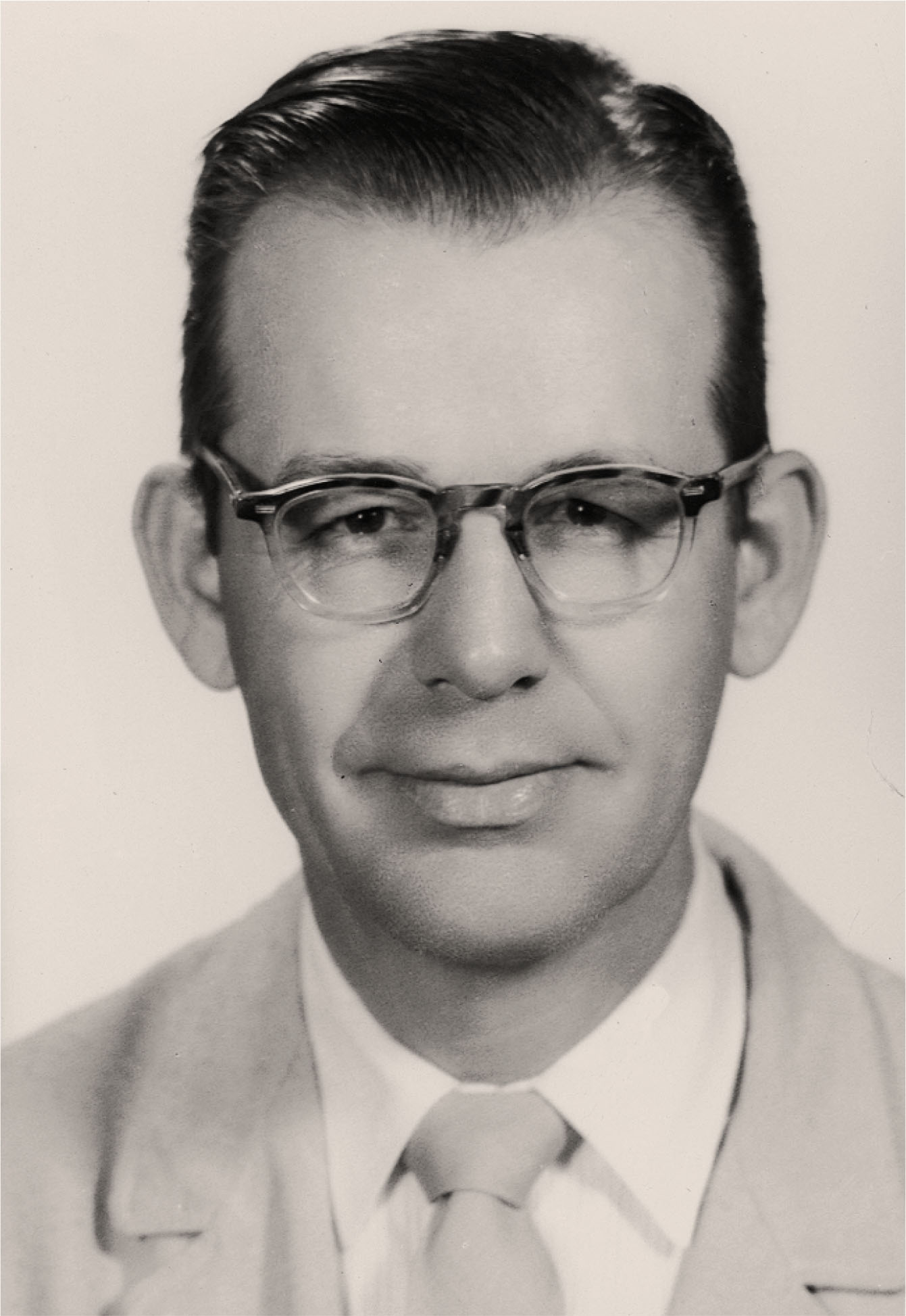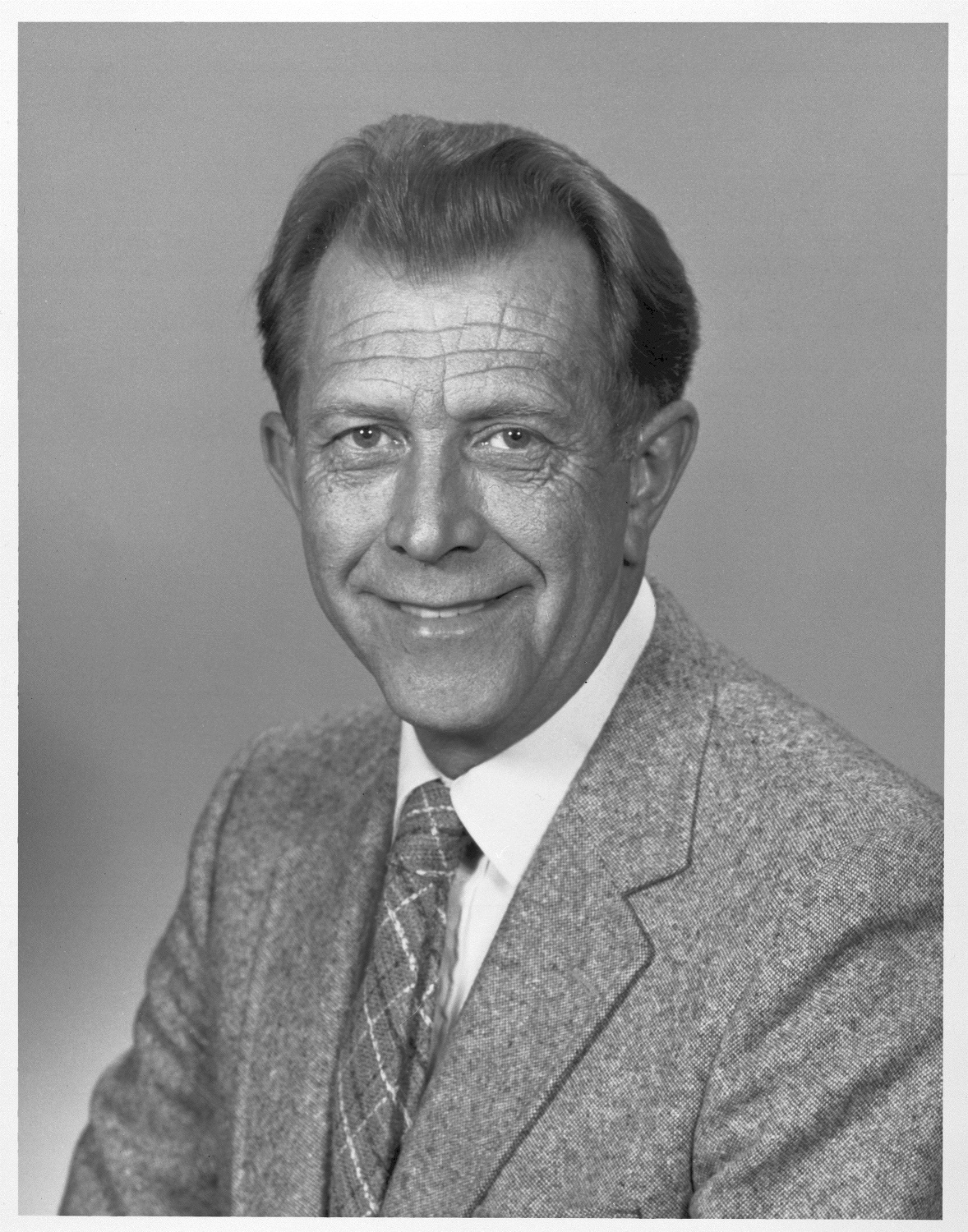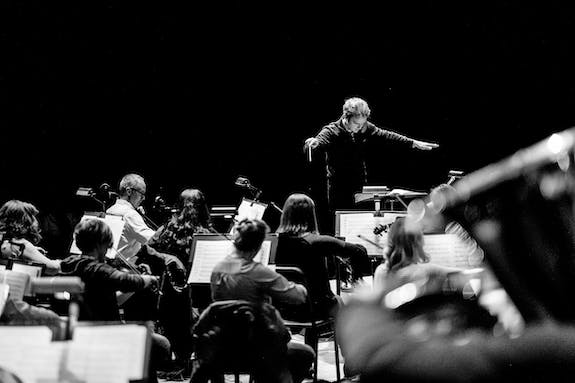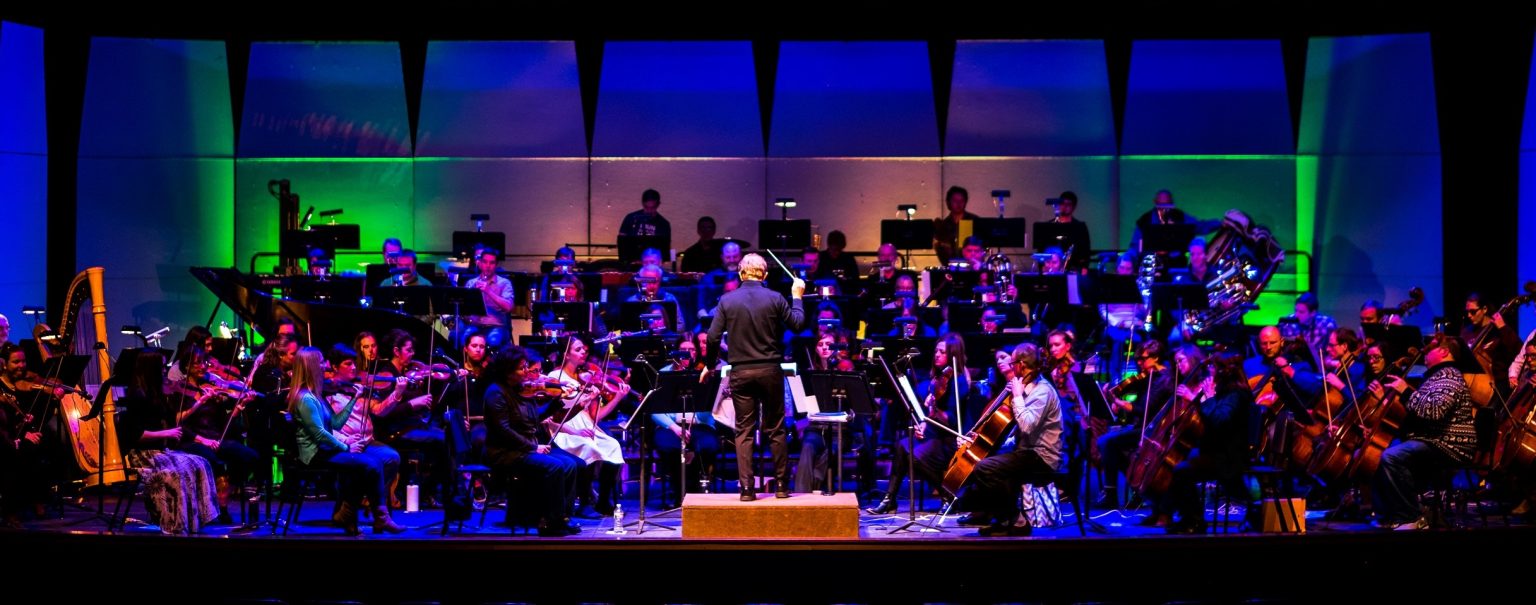Although Idaho National Laboratory has been a key financial supporter of the Idaho Falls Symphony for decades, the 70-year relationship between the two organizations runs deeper than money, as deep as DNA, in fact.
Both can trace their origins back to 1949, the year the U.S. Atomic Energy Commission sited its National Reactor Testing Station in eastern Idaho and NRTS’ headquarters in Idaho Falls. That decision brought a wave of scientists, engineers and spouses, educated and erudite people whose interests frequently extended into art and music.
Meanwhile, that same year the Idaho Falls Music Club organized a group of musicians to accompany the Idaho Falls Community Chorus in a December presentation of Handel’s “Messiah.” Going on momentum, in early 1950 Professor Harold Mealy of Idaho State College auditioned musicians and named principal players, and in April the 44-member Idaho Falls Symphony gave its first concert in the O.E. Bell Junior High School Auditorium.
By mid-’50s, the symphony was seeded with site people.

On cello, there was Deslonde de Boisblanc, NRTS’ managing director and best known today as inventor of the Advanced Test Reactor’s serpentine core. Leading the bass viol section was Russell L. Heath, whose gamma-ray spectrometry catalogue expanded the nuclear community’s understanding of radioactive materials and is still used extensively today. Both men now have Distinguished Postdoctoral Associate positions at INL named after them. Other AEC transplants in the orchestra included Brewer Boardman (cello), William Byron (clarinet) and Glenn O. Bright (oboe).

“A chance to play any concert was a blessing and a chance to play a symphony, that was great,” said trombonist Bill Phoenix, who in his early 20s came to play in 1966 with fellow musicians from Idaho State University. Phoenix soon went to work at the site as a health physicist and remembers in particular the conversations he had with Heath, about music, physics, instrumentation and controls. These talks made a big impression on him.
“Russ was so kind to me,” he said. “He was willing to take the time and say, ‘Here’s what we’re doing, kid.’ People like him, they brought culture and attitudes about knowledge, science and music that I’d never known growing up in Pocatello.”
Perhaps no one embodied the spirit of the symphony more than Lowell Jobe, who came to work at NRTS in 1960 as a senior process control engineer. The following year, the Idaho Falls Symphony Society was incorporated and Jobe, a violinist, became its first president. According to his obituary — Jobe died in 2010, at age 95 — he played in the Idaho Falls Symphony for 45 years.
“He loved the symphony,” said his son, David Jobe. “It was a big part of his life.”
Jobe headed the Symphony Society twice — when it started, and for a second time when it sponsored a string program in local schools. With a matching grant from the Idaho Commission on the Arts, symphony musicians gave instruction to string players in grades 3 to 5 using a modified Suzuki teaching method. After several years, Idaho Falls School District 91 adopted and expanded the program.
When Jobe retired from the orchestra in 2005 at age 91 – “He wanted to say he’d spent half his life playing in the symphony,” David Jobe said – he was the first recipient of the Lowell A. Jobe Award for outstanding volunteer of the year. His daughter, Donna J. Bailey, and granddaughter, Trudy LaBonte, hand out the award each September at the symphony’s free concert in Freeman Park.
In its support of the symphony, INL has been especially focused on education programs, said Alekzandria Peugh, the symphony’s executive director. “We’re growing these programs right now, and we’re able to count on support from INL that is both generous and consistent,” she said.
INL has led the effort to add arts to the science-technology-engineering-math equation. “The push for it to be STEAM instead of STEM is really strong,” said Peugh.
David Jobe remembers how his father balanced his scientific work with his art. “I’d say the balance between the two was important to his clarity of thinking,” he said. “Playing in the symphony did that for him. He was able to do better work at the site.”
As it enters its 70th season in September, the Idaho Falls Symphony will feature several INL people in its ranks, including Rachel Emerson, a biomass researcher in INL’s Chemical and Radiation Measurements department. A homegrown talent who started on flute in sixth grade at Bonneville School District’s Hillview Elementary School, she played in the Idaho Falls Youth Symphony (a symphony program that recently expanded with a second ensemble). At Hillcrest High School, she switched to trombone, which she continued to play at University of Idaho, where she majored in chemistry and minored in music.

She has been with the Idaho Falls Symphony for eight years, playing alongside Bill Smith on tuba, another INL employee involved in biomass research. “She is a very fine bass trombonist,” Smith said. Because the two instruments are usually scored in tandem, the tuba providing gravity in the brass section while the bass trombone supplies the punch — they have to work together closely. “She’s very sensitive to my tone and phrasing,” he said. “It’s a lot of fun playing with someone who’s as locked in with me like she is.”
Smith’s wife, Karen Wright, also an INL employee, plays clarinet in the symphony, too. The two had met playing in an Air Force band, but decided to change careers and came to Idaho in the mid-’90s to pursue master’s degrees, in environmental science (Smith) and geology (Wright) at ISU.
“I approach both music and science with both sides of my brain,” Smith said. “I need to be calculating and forward looking, but I also have to stay with the flow and be in the moment.”
Having been in the ensemble for 25 years, Smith said he has always been aware of INL’s support for the symphony, sponsoring concerts, education and outreach. For the last five years, however, he has been one of the players’ representative on the Symphony Board, and gained a keener understanding of how deep the lab’s support is.
“We’ve gone through ebbs and flows,” he said. “For the size of our town, I’d say we have one of the most stable and healthy community orchestras in the country.”
It has been the work of many people over nearly three-quarters of a century. “I think symphonies are an important part of the community,” David Jobe said. “It was very important to my father and people like him. It’s one of the things that holds a community together and makes it great.”





